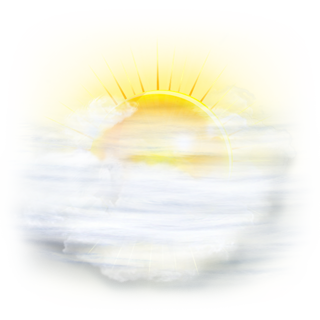The Brandeis Theater Department kicked off their official season on Thursday with the opening night of “Dream a Little Dream,” a dance-focused exploration of dreams.
The show is conceived by Brandeis theater professor and accomplished professional theater artist Susan Dibble. Centered on two dreamers’ mindscapes, the show creates an enchanting world where people can revel in the simple joys of dancing, finding happiness in each other’s company and a healthy portion of dream-magic.
This world is anchored on the superb dressing of the designers, who place the theater in a world which feels exactly like the Magic-Garden-over-the-wall cemented in so many of our imaginations, seemingly effortlessly establishing a realistic, if somewhat romantic, base and then stretching over just enough ethereal and odd to push the stage solidly into dreamland. A group of campers, clothed in simple earth tone outfits, is illuminated by a clever arrangement of lights which almost perfectly matches the dancing shadows of a campfire. They then pull out cardboard bags to put over their heads while they sleep before they are joined by ghost crow people. Tennis players bat phantom balls and create an almost iridescent tinkle. Scenic and lighting designer Jeff Adelberg, costumer designer Chelsea Kerl, sound designer Steve Deptula and Sara Kenney ’18 fused their visions together seamlessly, united in performance by the impressive timing of stage manager Megan O’Donnell (GRAD ’12), to create a setting which perfectly matches “Dream.”
Their setting is populated by a cadre of dreamers and fantastical creatures, all united by their love of dance. They waltz and twirl their way across the stage, united in an ordinary moment made inspiring through the power of dance and the fantasy of dream. The two main dreamers (Hannah McCowan ’19 and Christian Ford-Harrington ’21), whose dreams we theoretically see, occupy the majority of the dances but almost seem to be along for the ride, pulled in and out of scenes by the Garden Queens and human-like crows as they follow their dreams to the limits of romantic imagination. And the dances they are pulled into are lovely explorations of humans thrust into a world of whimsy.
“I Could Have Danced All Night” features McCowan escaping the mystical Garden Queens (Lindsey McWhorter (GRAD ’08), Rose T. Archer ’20 and Rachel Greene ’20) and their best attempts to send her to sleep, a charmingly silly dancing chase set to the magnificent Julie Andrews, which established characters with mere flourishes: McWhorter and Greene became sympathetically annoyed caretakers with eye rolls, which smoothly flowed into their dances while McCowan began channeling her inner child playfully resisting bedtime with energetic flourishes. “Tossing and Turning Dresses,” which features McCowan attempting to join the Queens and their dancing entourage, built on these characters with a livelier score and a more competitive dance.
Ford-Harrington’s dreamer took the opposite approach, staying largely solemn as in “Tennis and Kite Dreams,” where he led a company of players from almost ritualistic mock-tennis into slowly more complicated sentimental dances inspired by movements of fans and birds. In “Words on Paper,” he took on the role of taskmaster for writers frantically writing and unhappily discarding to a hypnotizing rhythm. Juxtaposed, the two dreamers showed two of sides of the dream world, either joyful and celebratory or a tightly controlled almost-nightmare.
They were not, however, the only sources of energy for the production. When the dreamers left the stage, it came alive with the truly peculiar. From hiking paper-bag people setting up camp, to ghost crows ambushing them with ballet to solemn rituals of window placement and waltzes, the action on stage hinted at an entire world situated just beyond the edge of consciousness which we can sometimes glimpse but never fully understand. The “Ghost Crow Ballet” was particularly impressive, repurposing Adele for a dance sequence of uniquely birdlike ballet which was just unnerving enough to undercut its quiet beauty.
Though the show does occasionally suffer from a lack of fully trained dancers and a seeming lack of definition in its larger pieces, which tended to lose their unique character in their size, “Dream a Little Dream” is a remarkable foray into the world we rarely remember. With a stunningly designed environment, Dibble created movement which offered the barest of glimpses into fairyland.


